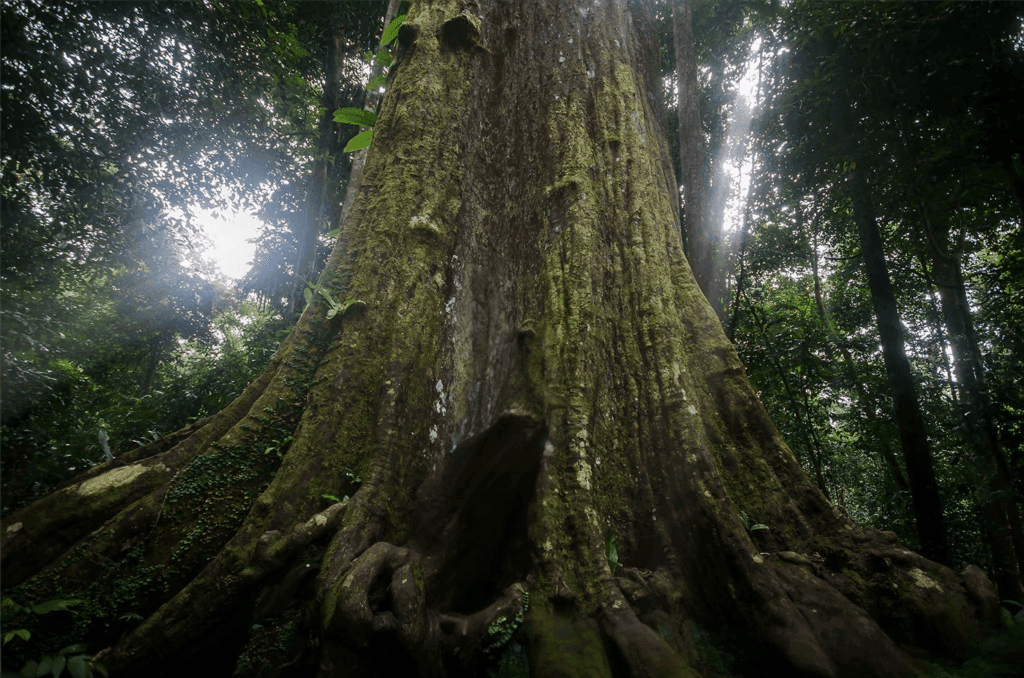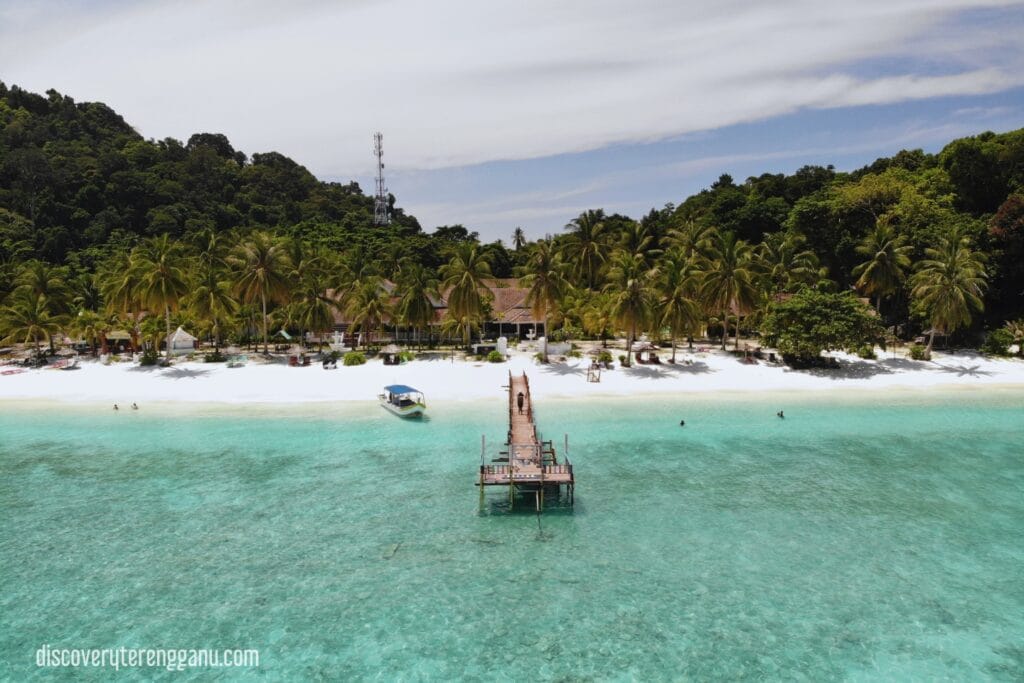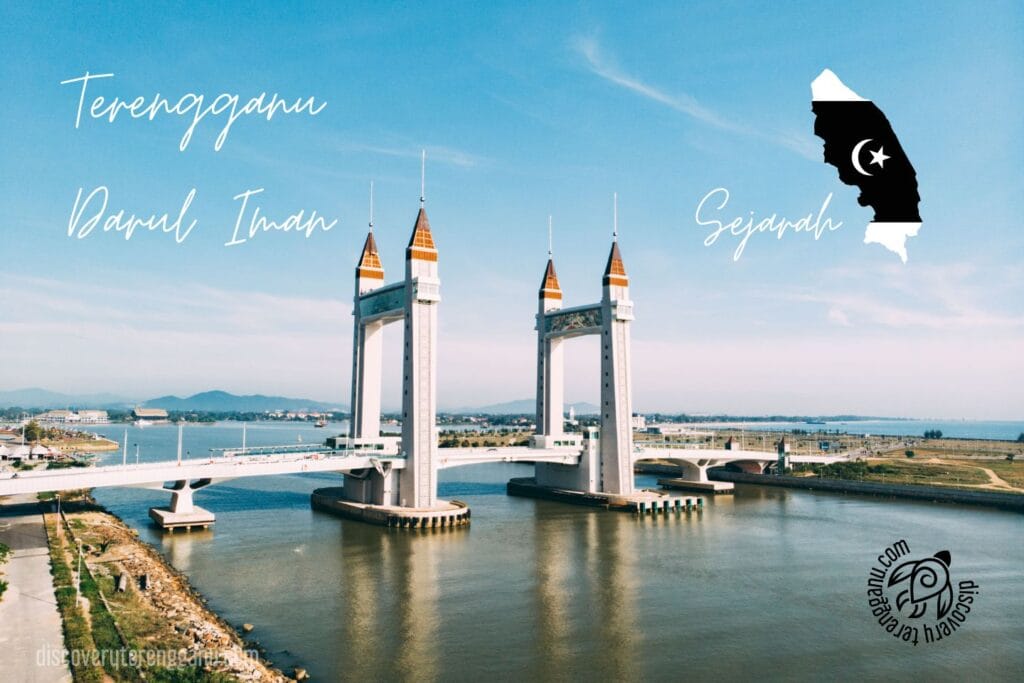Terengganu State Museum
Kongsikan kepada Rakan, Kenalan, Ahli Keluarga Anda
Kongsikan kepada Rakan, Kenalan, Ahli Keluarga Anda
YouTube: Mohd Faizal Mohd Rashid
Terengganu State Museum
"Historical and Cultural Destinations in Southeast Asia"
Introduction
Complex Museum Negeri Terengganu, located in Kampung Bukit Losong, is the largest museum in Southeast Asia. Established in 1976 and effective on November 1, 1977, as an effort to preserve and showcase the historical and cultural heritage of the state of Terengganu. The establishment of this museum is the result of an initiative by the Terengganu state government to document and conserve the state's rich cultural heritage and artifacts. The museum houses Stone Lettering the original one found in 1303 in Kampung Buluh, Hulu Terengganu, which is evidence that Terengganu was one of the first states to practice Islamic law. Tracing Museum History This is an interesting experience for those who are fond of Terengganu's cultural history and heritage.
History EstablishmentMuseum

First Phase
Construction work on the new Museum Complex began in 1985 in five phases. Phase 1 involves infrastructure works such as the preparation of main access roads, drains, bridge construction, and parking lots. Land preparation and improvement is also done to stabilize the hillside.

Second Phase
In 1986, Phase II was implemented with garden art works such as the planting of decorative trees, the construction of retaining walls and footpaths. The relocation and relocation of four traditional houses, namely Istana Tengku Long, Rumah Tele, Rumah Bujang Berpeleh, and Rumah Hajjah Ngah Aishah were also carried out.

Third Phase
In 1988, Phase III involved the construction of Maritime Museum I (Sailing and Trade Gallery) as well as the relocation of two large boats, Sabar and Kemajuan.

Fourth Phase

Fifth Phase
Phase V saw the construction of Maritime Museum II. Starting with three staff members in 1979 and a Curator as Director in 1981, the museum was opened on April 20, 1996 by Sultan Mahmud. Now, the State Museum with nearly 200 staff continues to play an important role in the development of the state.
About the Museum
The Terengganu State Museum was officially opened to the public on April 20, 1996 by The late Sultan Mahmud Al-Muktafi Billah Shah, the 17th Sultan of Terengganu at that time. The opening of this museum marks a major achievement in the conservation and education of Terengganu's cultural heritage.
In the early stages of its establishment, the State Museum stayed in one corner of the former State Secretary's Office, which at that time had become the Central Office, on Bukit Che Long in Jalan Cherong Lanjut, Kuala Terengganu. Recruitment of staff began in 1976 and was administered by an officer from the General Administration Division, Office of the Secretary to the Government who acted as Secretary of the State Museum Board. The museum began to stand with its own identity after the appointment of a person Curator in September 1981, who was later known as Director in 1985.
Since then, the operation of the museum has become more prominent and active, especially in collecting collections and research works. The museum has opened two galleries in this old building and is open to the public every day during office hours. Although the physical condition of the building is not suitable, the excellent performance of the museum has made the State Government realize that this institution needs to be given serious attention. As a result, in the early 1980s, State Government Meeting agreed to provide allocations for the construction of a new Museum Complex on a 27-hectare (67-acre) site in Kampung Bukit Losong, Mukim Paloh, Kuala Terengganu. This area consists of the main museum, maritime museum, fisheries museum, four traditional houses, as well as a botanical garden and a vegetable garden.
This museum is based on recommendations UNESCO which set some specific criteria for the construction of the museum
This peaceful and comfortable place provides a harmonious atmosphere suitable for those who seek peace.
This situation provides space for various activities related to the museum.
A spacious and appropriate space is essential for a museum, facilitating planning to make it complete and attractive.
Museum Concept & Design
The initial design concept chosen was the Tele Rumah or Single Porch House, with the main feature of the front 'fascia' known as pelemam and carved wall panels. The building is designed to look like it stands on stilts with an entrance via a raised staircase, resembling a traditional village house. Materials and wood carvings are used to add authenticity and aesthetics.
The spatial layout planning for this main building contains 4 blocks connected to the communal space as an exhibition site. This series of buildings depicts a large family that grows from the main block, showing the familiar atmosphere between family members. The connecting bridge between the blocks symbolizes the close relationship between parents and children. This layout is also expected to provide an attractive and comfortable path for visitors, allowing them to move between blocks. Inside the building, visitors enjoy a mechanical atmosphere, while on the connecting bridge, they enjoy a fresh and comfortable atmosphere.
This building was built facing the river in an East-West axis, based on the concept of traditional transportation using waterways. A jetty was built for visitors to come through the river. An artificial lagoon as a shadow pool "fantasy pool” built near the banks of the river, reducing the concept of the size of the building to the size of humanity.
DevelopmentConstruction New Complex
Realizing the need for a bigger and better space to house the growing collection, the state government decided to build a new and more modern museum complex. In 1994, the construction of the museum at Bukit Losong began. The new complex was inaugurated in 1996 and is designed with impressive traditional Malay architecture. It consists of several buildings connected by wooden bridges, reflecting the beauty and uniqueness of traditional Malay architecture.
Museum Gallery

Islamic Gallery
Featuring artifacts and manuscripts related to the history of the development of Islam in Terengganu.

History Gallery
Witness various archaeological artifacts and cultural clashes at the Terengganu History Gallery.

Royal Gallery
Featuring a collection of songket cloth, batik, and traditional textiles that are the pride of Terengganu.

Petronas Gallery
Exhibits the origins of oil and gas, models of factories, oil rigs, and the lives of workers, as well as providing an industrial video theater hall.

Textile Gallery
Featuring a collection of songket cloth, batik, and traditional textiles that are the pride of Terengganu.

Craft Gallery
Offering the glory of the traditional handicraft industry with high quality technology and skills.
Diversity Activities, Exhibitions
The maritime museum and fishing museum provide an in-depth insight into Terengganu's maritime history and sea wealth. The complex is also surrounded by a charming garden landscape, displaying the glory of Terengganu with its rich cultural history. Exhibitions on weaving traditions to fine wood carvings highlight the state's diverse arts and crafts heritage.
The Terengganu State Museum actively organizes various activities and programs such as art exhibitions, workshops on the preparation of personal jewelry collection boxes, and collaboration with various parties such as PETRONAS East Coast. Event'Overnight at the Museum' offers visitors a unique experience, making the museum more than just an exhibition space.
Use of Space
The Main Museum Building includes four main building blocks inspired by Dato' Raja Kamarul Bahrin Shah. It consists of four blocks namely Block A, B, C, and D. The total floor area is 75,750 square meters, while the floor area of the exhibition space is 27,272 square meters.
The tallest block and also the main block, consists of five floors. Part of the Block A space, which is on the second, third, and fourth floors houses the permanent exhibition gallery. The first floor is used for the curatorial space, library, and surau, while the ground floor is reserved for the collection store space and photography lab. The main visitor entrance is located on the second floor of this block.
This area of the block is used entirely for exhibition space, housing three permanent exhibition galleries.
It consists of four floors and is used for various functions such as
- Temporary exhibition space
- A permanent exhibition gallery
- Administration room
- Meeting room
- Natural resources laboratory
- Conservation lab
- Conference room
- Craftsmanship workshop.
Located at the very back provides space for the Theater Hall which can accommodate up to 220 people at a time.
The design features traditional Malay house architecture with carved wall panels and pillars. The complex also faces the river to facilitate access by waterway. There are as many as eleven exhibition galleries in the main building. These include the Textile, Craft, History and Pre-History, Royal, Islamic, Natural Resources and Economic Galleries, Temporary Exhibitions, Petroleum, Menteri Besar, Fisheries and Marine Park Gallery, as well as the Navigation and Trade Gallery. In addition, in the area of the Museum Complex there are also five traditional houses and a medicine garden that can be visited by visitors.
How To Get There
The museum is easily accessible by car and there is plenty of parking available for visitors. Public transport such as buses and taxis can also be used to get to this museum. Its strategic location in the heart of Kuala Terengganu city makes it easily accessible to tourists and locals.
Facilities for Visitors
For the convenience of visitors, the museum is equipped with a cafe that serves a variety of local food, a souvenir shop that sells souvenirs, and a comfortable rest area. There are also ample parking facilities, making visiting the museum more comfortable and convenient. For the convenience of visitors, places such as waqf, benches, and surau are also provided.
A must-visit destination in Terengganu State Museum
The Terengganu State Museum is evidence of the commitment of the state of Terengganu in preserving and promoting its cultural and historical heritage. Since its inception, the museum has grown to become one of the most important museums in Malaysia, attracting visitors from home and abroad. With its rich collection and ongoing educational programs, Terengganu State Museum continues to play an important role in the preservation and dissemination of cultural heritage in Terengganu.
Historic Places Blog
"Explore the History & Heritage of Terengganu"
Bot Tradisional Terengganu: Warisan Budaya dan Simbol Kehidupan Nelayan
Get to know the Heritage and Culture in Terengganu
Cengal Besar: Terengganu's Impressive Natural Treasure
6 Pulau Menarik Di Terengganu Selain Redang Dan Perhentian
Sejarah Batu Bersurat Terengganu: Asal Usul Tulisan Jawi di Malaysia
Sejarah Negeri Terengganu
List of Amenities
- Sales Booth
- Internet Available
- Security Camera
- Motorcycle Parking
- Alarm System
- Surau
- Public Toilet
- Outdoor Seating
- Parking



















